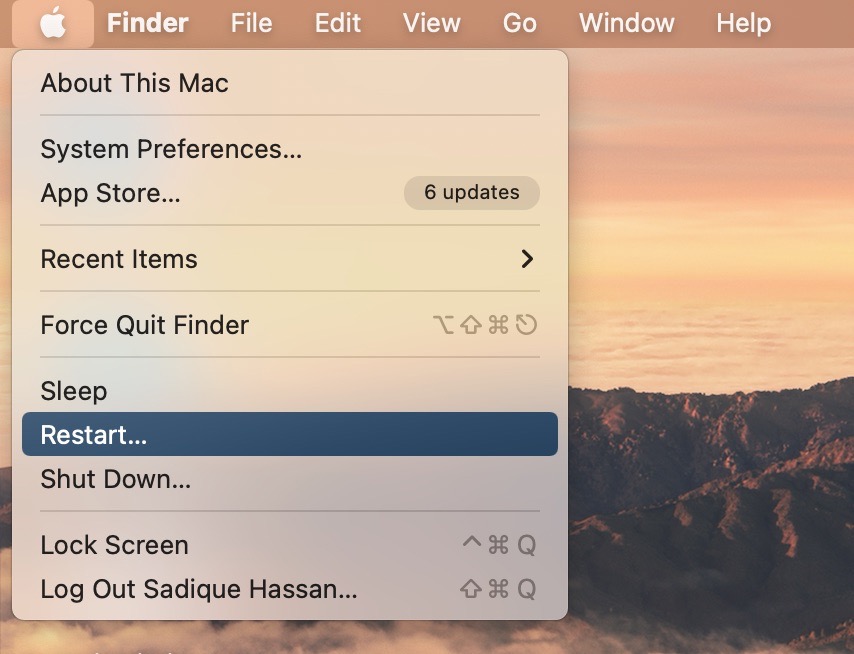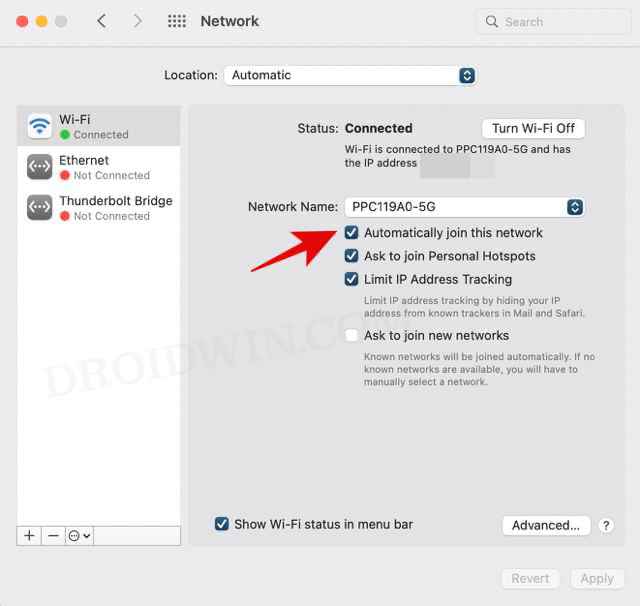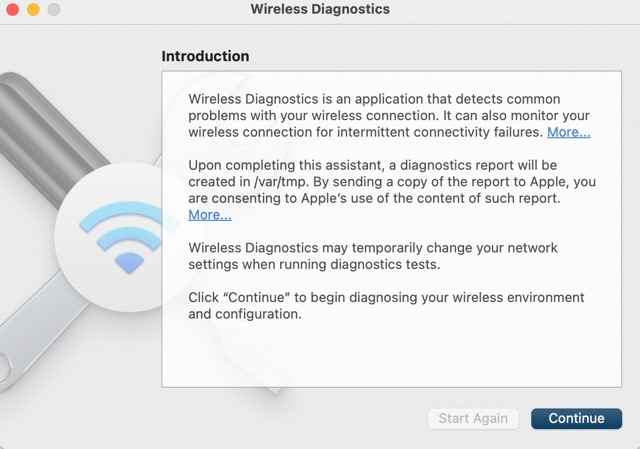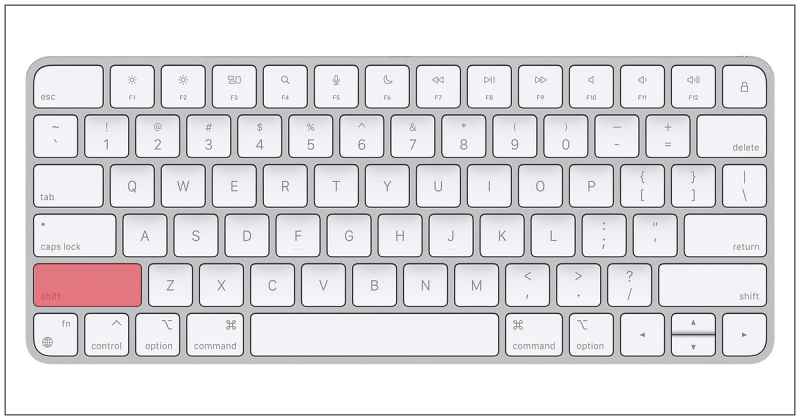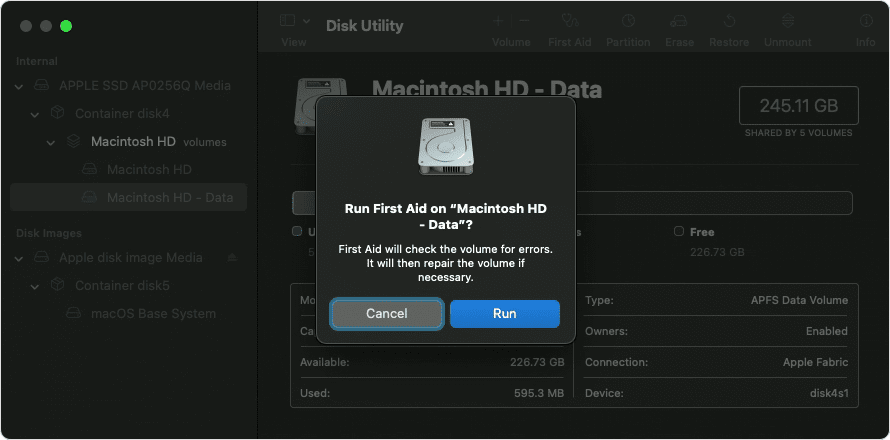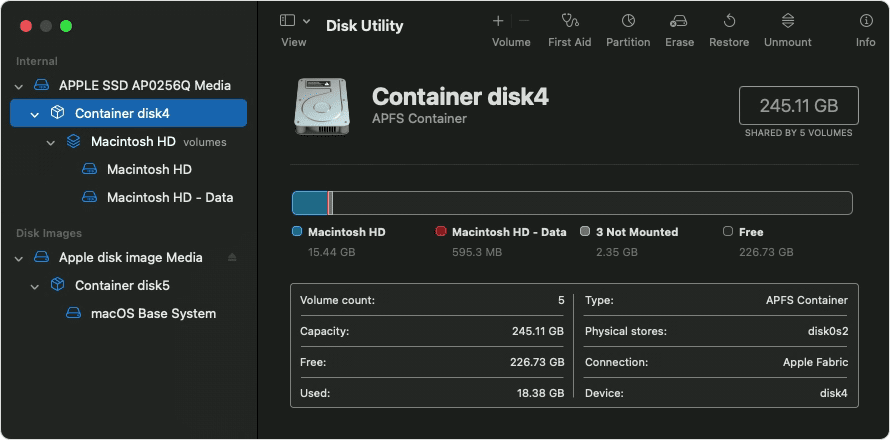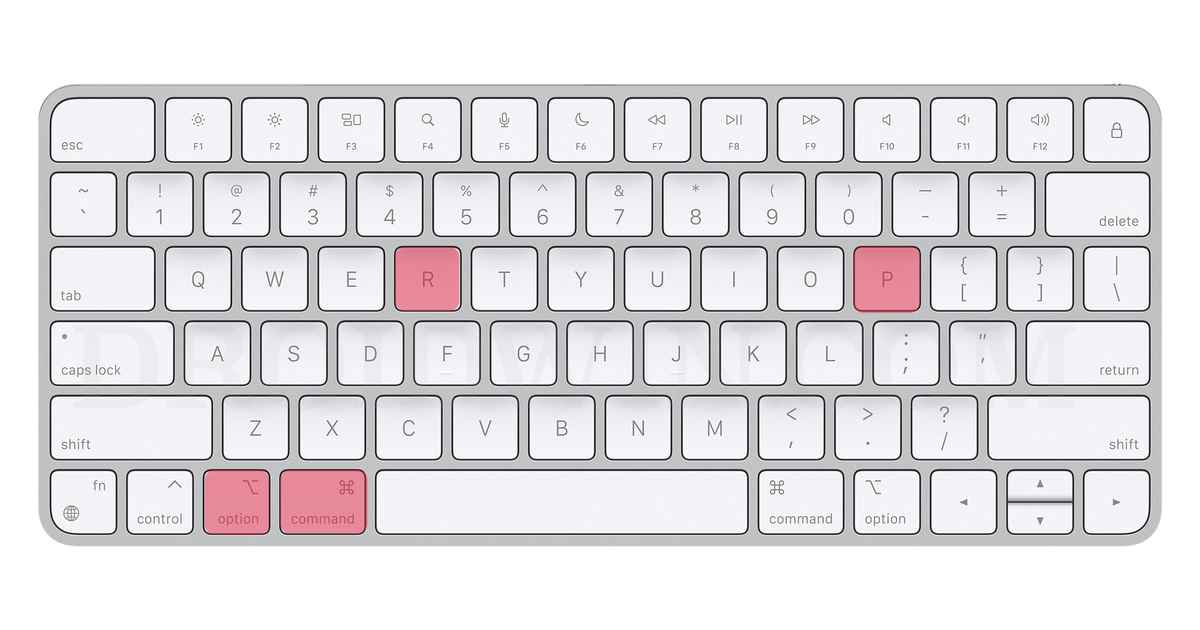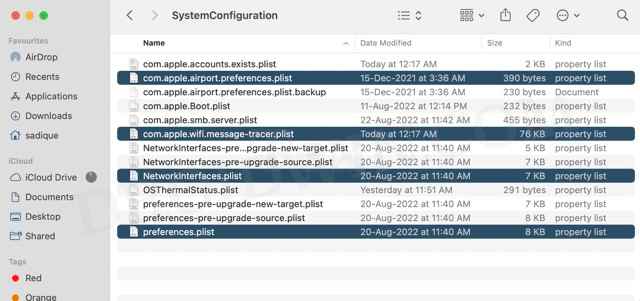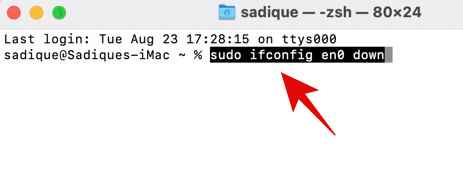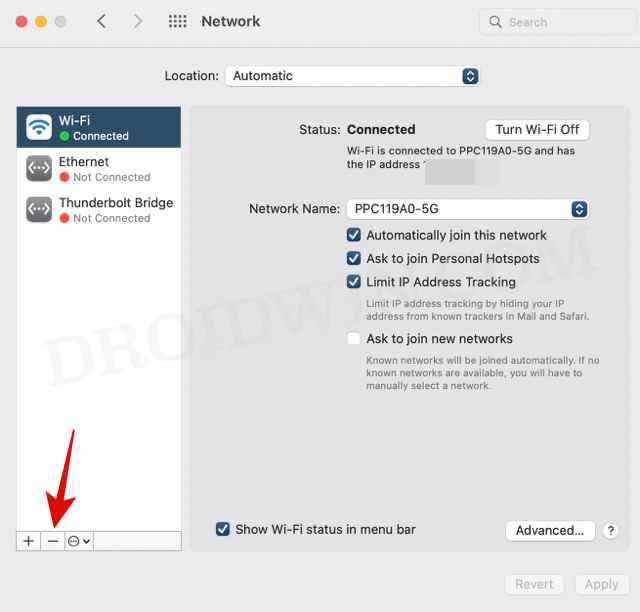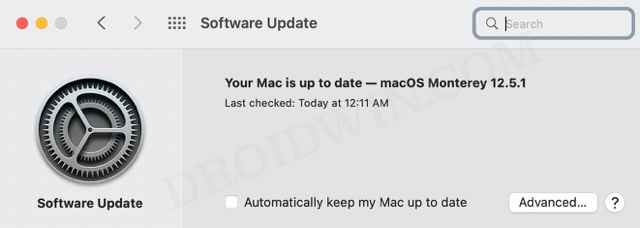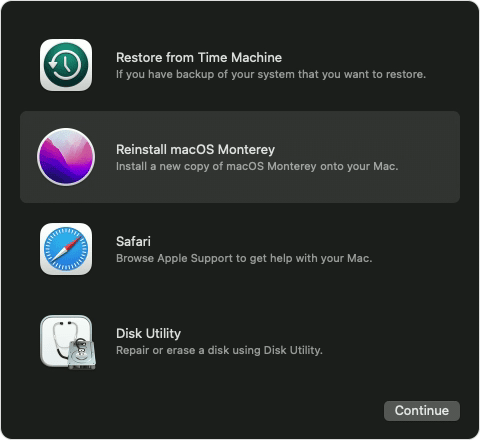In this guide, we will show you various methods to fix the WiFi not working issue on your Mac. There could be quite a few reasons why the network on your Mac is not performing along the expected lines. From a temporary glitch in the connectivity to DNS Address getting corrupted, the possibilities are far and wide.
Likewise, the Network Configuration Data getting corrupted or issues with NVRAM/PRAM and SMC could also spell trouble for your network. So in this guide, we will be addressing all these concerns which in turn should help you fix the WiFi not working issue on your Mac. Without any further ado, let’s get started.
Table of Contents
Fix WiFi not working on Mac
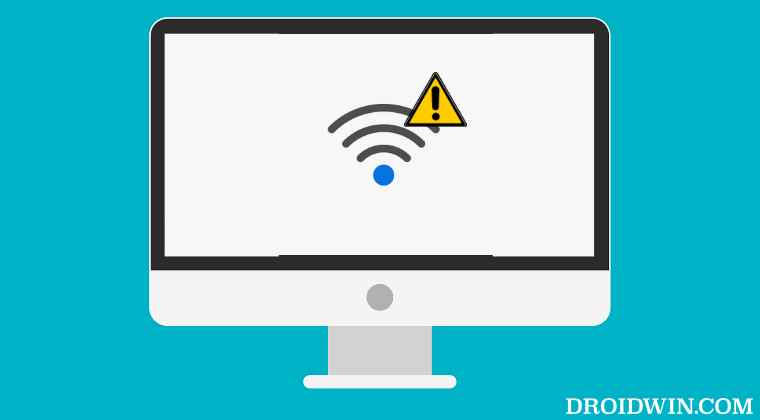
It is recommended that you try out each of the below-mentioned workarounds and then see which one spells out success for you. So with that in mind, let’s get started.
FIX 1: Restart Mac
While it may be one of the most obvious workarounds, but trust us, in many instances, a simple restart of the PC is all that is needed when it comes to fixing WiFi-related issues. So let’s put it to the test and check out the results-
- To begin with, click on the Apple logo situated a the top left.
- Then select Restart and wait for your Mac to reboot.

- Once it boots up, check if the WiFi is working on your Mac or not.
FIX 2: Restart Router
Next up, you should consider restarting the router so as to refresh the underlying network settings. So switch it off and then unplug it from the power socket as well. Then wait for a minute and plug it back in. Now let your Mac connect to the WiFi network and see whether the connection gets established.
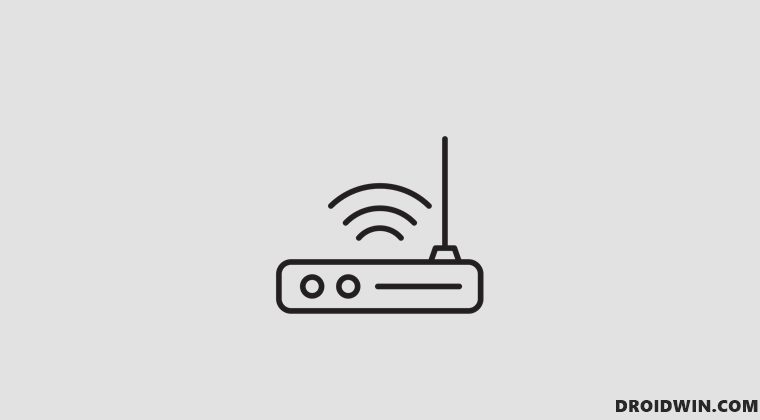
FIX 3: Uncheck “Automatically Join This Network”
Your mac will automatically connect to a saved network as soon as it founds one. However, this automatic connection might not always be the best approach, rather you should manually select the network of your choice and then proceed to establish a connection via it. Here’s how it could be done:
- Click on the WiFi icon situated at the top right and select Network Preferences.
- Then uncheck “Automatically Join This Network”.

- Now manually connect to the network of your choice.
- Check if it fixes the WiFi not working issue on your Mac.
FIX 4: Use Wireless Diagnostic
Mac comes with a built-in troubleshooter that is specifically designed to diagnose, debug, and troubleshoot network-related issues. So let’s put this tool to the test and check out the results.
- Bring up the Spotlight Search via Command+Space Bar shortcut keys.
- Then type in Wireless Diagnostic and select the same from the results.
- After that, click on Continue and let the tool diagnose the issue.

- Once done, it will bring up the associated fixes. Implement it as instructed.
- Now check if it fixes the WiFi not working issue on your Mac.
FIX 5: Change DNS Settings
Your Internet Service Provider would have automatically assigned a Domain Name Server to your system. However, over the due course of time, the data might get corrupted or outdated, and hence the web browser might not be able to translate the URL to its associated IP Address.
In such instances, you could opt for a third-party DNS such as the ones from Google and Cloudflare. Apart from providing a more secure data exchange platform, they are also more efficient and stable. As for this guide, let’s proceed with the DNS from Google.
- Click on the WiFi icon situated at the top right and select Network Preferences.
- Then select WiFi from the left menu bar and click on the Advanced button.
- After that, switch over to the DNS tab and click on the plus icon.

- Now type in the below value in the space provided and hit OK to save it.
8.8.8.8
- Check if it fixes the WiFi not working issue on your Mac.
FIX 6: Boot to Safe Mode
In some instances, a third-party app especially those that belong to the networking domain might end up conflicting with your Mac’s WiFi settings. The best way to verify and rectify it is to boot your Mac to Safe Mode. in this mode, all the third-party apps and services will be disabled. And if the underlying issue gets resolved in this mode, then the culprit is indeed a third-party app that you need to uninstall from your Mac at the earliest. Here’s how all of this could be done:
- To begin with, restart your Mac. Then press and hold the Shift key.

- Once you see the login screen, release the Shift key.
- Then type in your credentials and the Mac should now be booted to Safe Mode.
- Now verify if it fixes the WiFi not working issue on your Mac.
- If it did fix the issue, then restart your Mac to boot to normal mode.
- After that, uninstall the recently installed apps, one a time, until you are no longer able to recreate the issue.
- Once that happens, the last uninstalled app would be the culprit, so you should keep a safe distance from it.
FIX 7: Use First Aid via Recovery
While the chances are quite rare, but this issue might also arise due to a bad sector on the disk or the presence of any corrupt data. So you should make use of Disk Utility’s First Aid to squash all the disk-related bugs and then check out the results. Here’s how it could be done:
- To begin with, power off your Mac. Then power it on.
- While it is booting up, press and hold the Command (⌘) and R keys together until you see the start screen [Apple logo].
- Then release the pressed keys. Now select Disk Utility from the menu and hit Continue.

- After that, click on View > Show All Devices and select your drive from the left-hand side.

- Then select the last volume on that disk and click on First Aid.
- After that, click on Run /Repair Disk and wait for the process to complete.

- Likewise, run First Aid for each volume on the disk, then each container on the disk, then finally the disk itself.

- Once done, check if it fixes the WiFi not working issue on your Mac.
FIX 8: Reset NVRAM
Both M1/M2 and Intel-based Macs come with NVRAM [Non-Volatile Random Access Memory) which holds information about the configuration of your Mac. They store information related to your desktop settings, mouse, keyboard, time zone, and display resolution, among others. So if this stored data gets corrupted, then its associated hardware or software component might not be able to perform as expected. Therefore, you will have to reset the NVRAM, using the instructions given below:
- If you have an M1 or M2 Mac, then just a normal restart will reset the NVRAM.
- For an Intel-based Mac, you should first turn off your PC.
- Then before the gray screen appears, press the CMD, Option, P, and R keys together.

- Keep on pressing these keys until your Mac restarts and you hear the startup sound.
- Once that happens, you may release the keys and the NVRAM reset is now complete.
- Now check if it fixes the WiFi not working issue on your Mac.
FIX 9: Reset Network Configuration
In case the network configuration has got corrupted, then your best course of action would be to reset it and bring it back to its default value. Here’s how it could be done:
- Open Finder, and click on Go present at the top-left menu bar.
- Then select Go to Folder and type in the below location:
/Library/Preferences/SystemConfiguration/

- Now select the below-listed files from that folder and hit Delete.
com.apple.airport.preferences.plist com.apple.network.identification.plist OR com.apple.network.eapolclient.configuration.plist com.apple.wifi.message-tracer.plist NetworkInterfaces.plist preferences.plist
- Once done, restart your Mac and then check if the WiFi is working now.
FIX 10: Reset Network Settings
If resetting the network configuration didn’t spell out success, then you should delete Mac’s network settings and check out the results.
- Open Launchpad, go to the Other folder, and launch Terminal
- Then execute the below command in the Terminal window:
- Now enter the below command. It will turn off your WiFi.
sudo ifconfig en0 down

- After that, execute the below command to turn it back on.
sudo ifconfig en0 up
- Now check if it fixes the WiFi not working issue on your Mac.
FIX 11: Reset WiFi Connection
If none of the aforementioned fixes worked out in your favor, then your last course of action should be to reset the WiFi connection. Doing so will delete the saved WiFi network and you will then gave to create its fresh instance. Here’s how:
- Click on the WiFi icon situated at the top right and select Network Preferences.
- Then select WiFI from the left menu bar and click on the minus icon.

- After that, click on the plus icon, select WiFi, and hit Create.

- Now select WiFi and choose the one to which you want to connect.
- Enter its password and the wireless connection would be successfully established.
FIX 12: Update macOS
In some instances, a buggy update rolled out by Apple might also result in network-related issues. if that is the case, then the Cupertino giant is usually quick to roll out a patch in the form of an update. So if there’s a pending update, then you should grab hold of it without any second thought. Here’s how:
- Click on the Apple logo and select About this Mac.
- Then click on Software Upgrade. Mac will now search for pending updates.

- If there is one, then download and install it right away.
- Then reboot your Mac and the underlying network issue should be resolved.
FIX 13: Reinstall macOS without Data Wipe
If none of the aforementioned methods spelled out success, then your last curse of action should be to reinstall macOS without resetting your Mac. Here’s how it could be done:
- To begin with, power off your Mac. Then power it on.
- While it is booting up, press and hold the Command (⌘) and R keys together until you see the start screen [Apple logo].
- Then release the pressed keys. Now select Reinstall macOS from the menu and hit Continue.

- Now proceed with the on-screen instructions to re-install the OS. Once done, it should rectify the underlying WiFi issue.
That’s it. These were the various methods that shall help you fix the WiFi not working issue on your Mac. If you have any queries concerning the aforementioned steps, do let us know in the comments. We will get back to you with a solution at the earliest.
